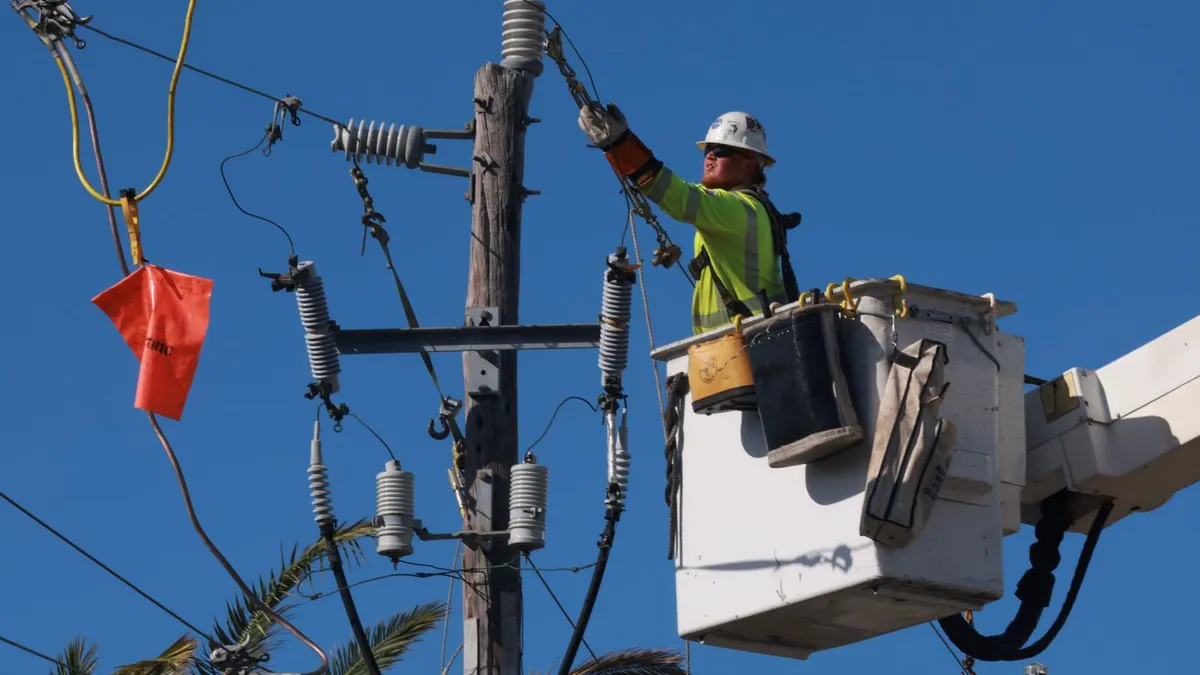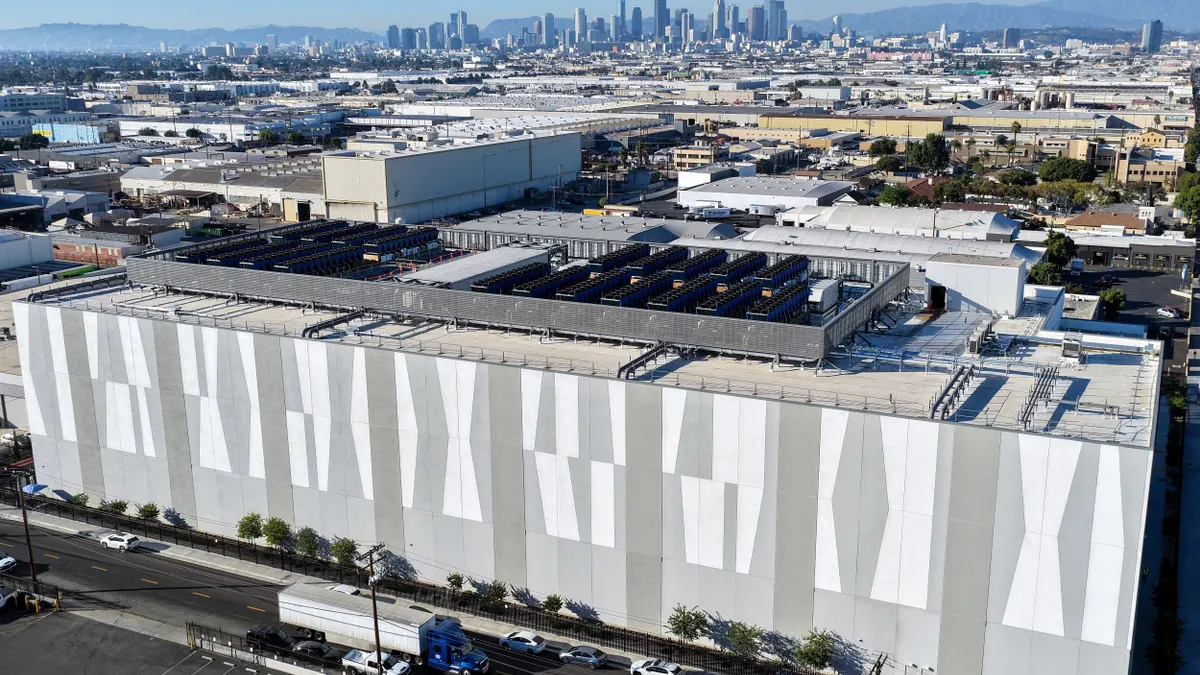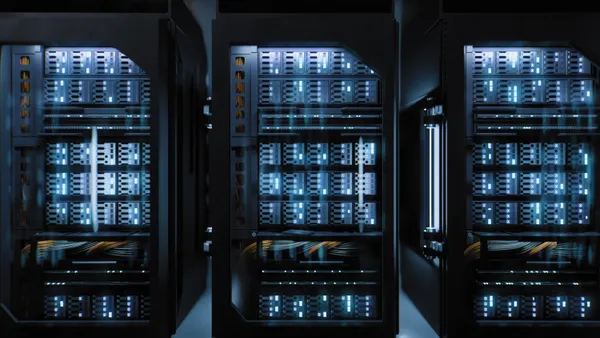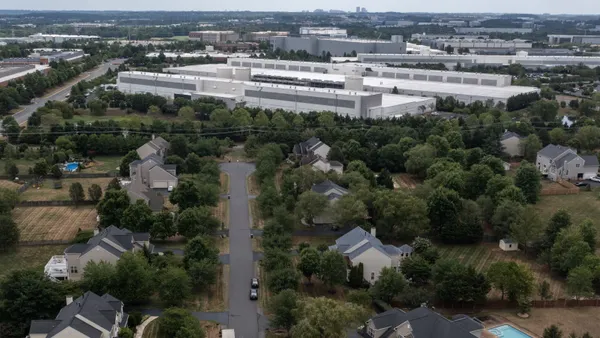As electricity demand rises and the power system grows more complex, six major themes are driving grid risk in 2025, according to the North American Electric Reliability Corp.:
- New large loads adding demand while the resource mix evolves.
- Reliability events are becoming larger and more widespread.
- Growing interdependence of the gas and power sectors.
- Increasing complexity of cyber and physical security.
- Persistent supply chain challenges.
- And “volatile” energy policy.
“Substantive simultaneous change in all system dimensions (resource, grid, load), along with increasing complexity in the interactions between them, requires rethinking traditional system planning and operating approaches,” the reliability watchdog said in its 2025 “Reliability Risk Priorities” report. The NERC Board of Trustees accepted the report on Thursday.
NERC first added energy policy to the risk report’s “critical risk profiles” in the 2023 edition. Grid transformation, extreme events, security and critical infrastructure interdependencies were listed in the 2021 report.
NERC says its risk report differs from other analysis it creates and is intended to provide industry with “strategic direction to plan for imminent risks and their mitigation.”
Grid transformation “remains an overarching driver of new reliability risks,” according to the report. “Grid impacts emerging from the transformations underway are very different from traditional power system behavioral assumptions, challenging the existing grid’s resilience to extreme events.”
In its annual State of Reliability report, published in June, NERC found the grid is being challenged by the proliferation of large loads, such as data centers, and the operating profile of inverter-based resources. But “reliability improvements were observed in areas with high concentrations of battery energy storage systems.”
Though there is uncertainty surrounding how much data center capacity will be built, experts agree that data centers are increasing electricity demand. Data centers could account for 44% of U.S. electricity load growth from 2023 to 2028, Bain & Co. said in an October analysis.
NERC’s risk report contains dozens of recommendations, specific and broad, including for the industry to rethink reliability constructs, update planning and operating models and improve resource diversity, including energy and fuel storage facilities.
The industry should “add additional on-line and responsive sources of essential reliability services,” NERC said, and “assess the potential impacts through transmission enhancements.” Grid operators should also “enhance event response mitigation and recovery plans, as system impacting events cannot be completely avoided. Actively incorporate consideration of persistent supply chain challenges.”















